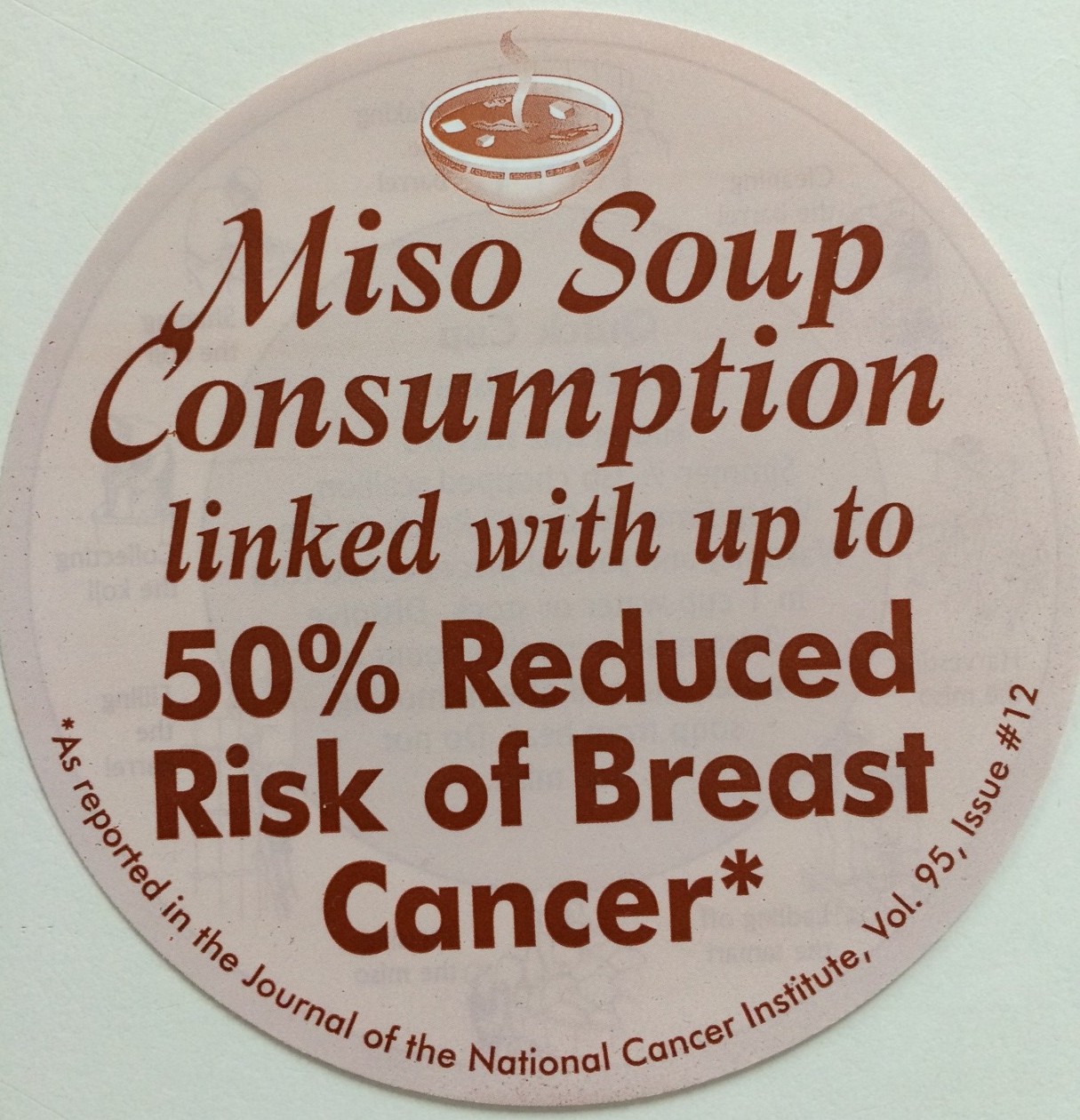After my double mastectomy, I published an essay on Slate in response to Peggy Orenstein’s breast cancer op-ed that ran in the New York Times last week. You may recognize a few sentences from my last blog entry. That’s because this topic has been rolling around in my head for a few weeks. Journalists and medical experts who second-guess breast cancer patients’ treatment decisions are a thorn in my side. I’m a fan of medical evidence and a good doctor-patient conversation. But the tone of some of these recent articles is paternalistic and sexist.
Peggy points out that researchers have used the word “epidemic” to refer to the number of women choosing to remove their healthy breast along with the cancerous one. Really? I’m sorry but Typhoid was an epidemic. The 1918 flu was an epidemic. AIDS was (and in many places continues to be) an epidemic. Women making gut-wrenching decisions about how they want their post-cancer bodies to look is not an epidemic — it’s a choice.
I welcome the conversation about why rates are increasing so dramatically, especially among young women diagnosed with the disease, but let’s do so with respect for the people involved and the complexity of the decision.
